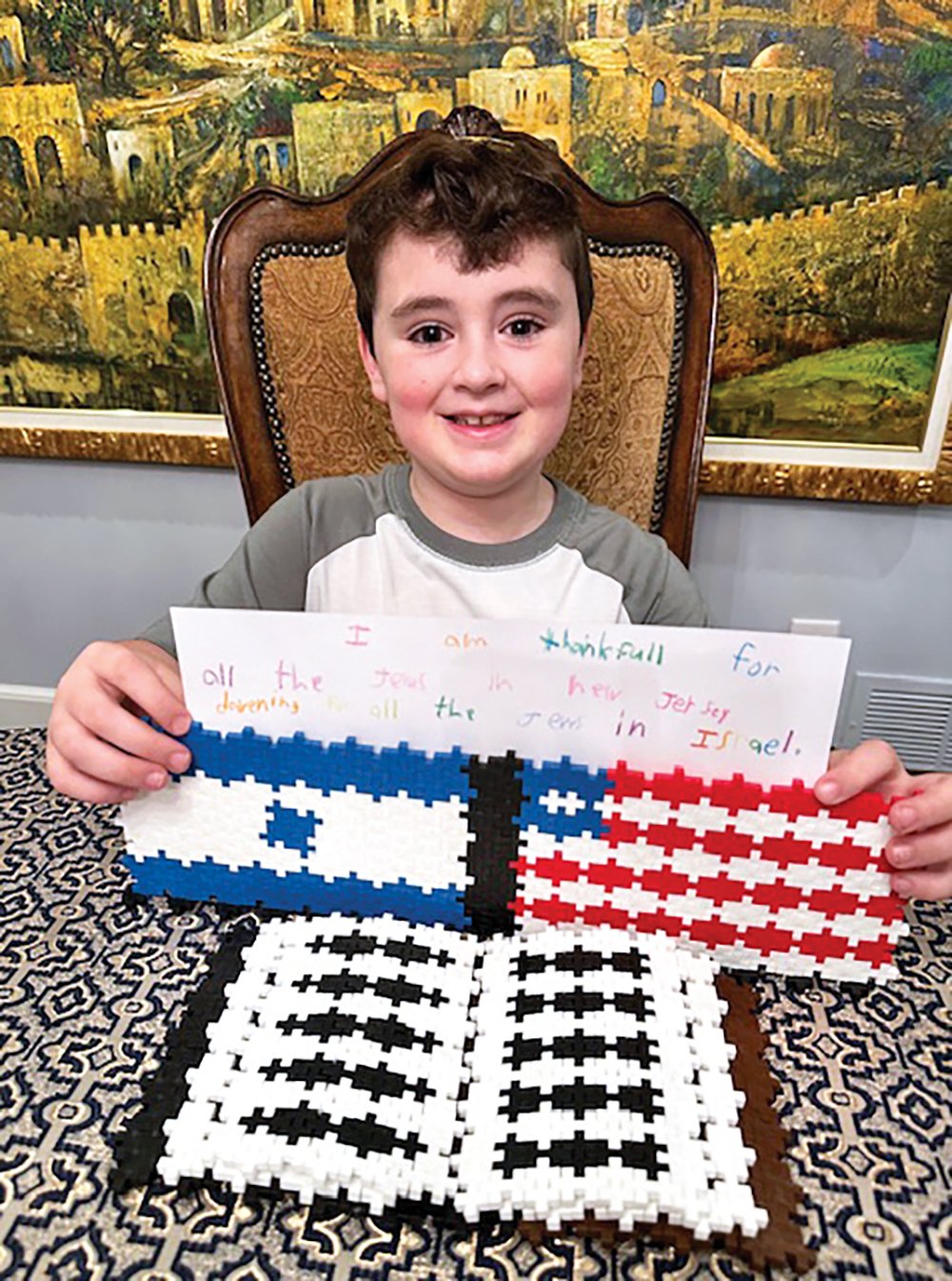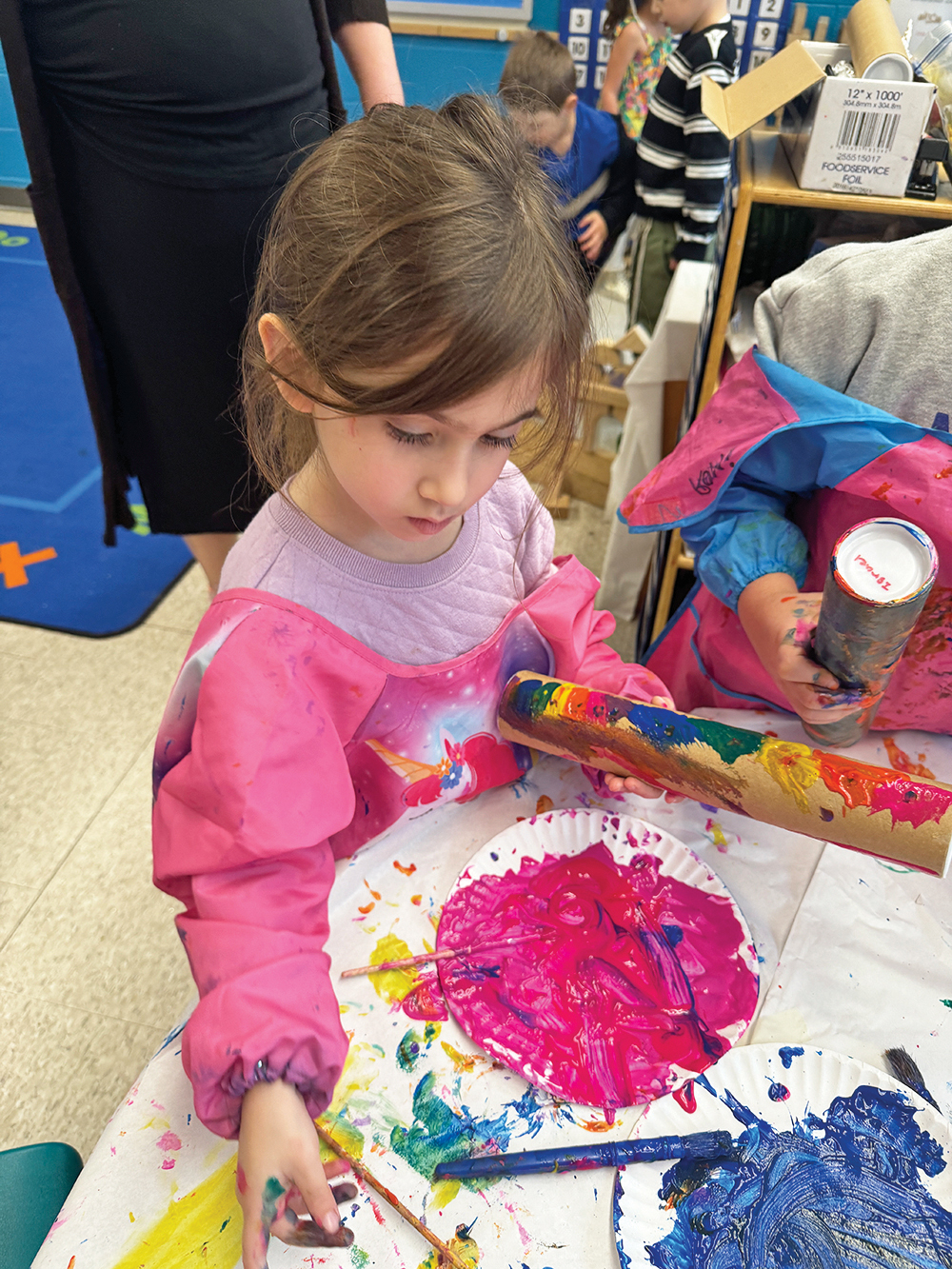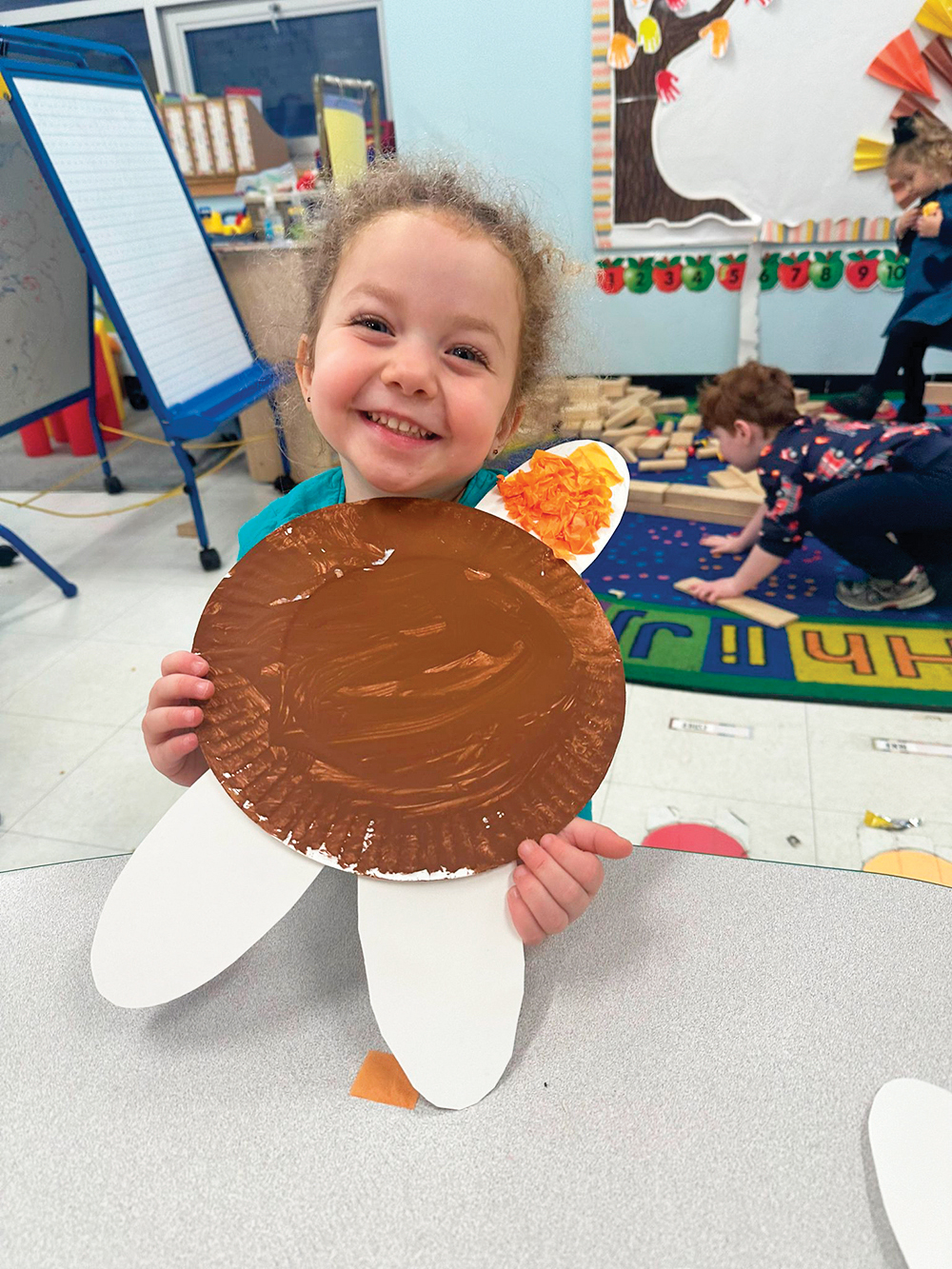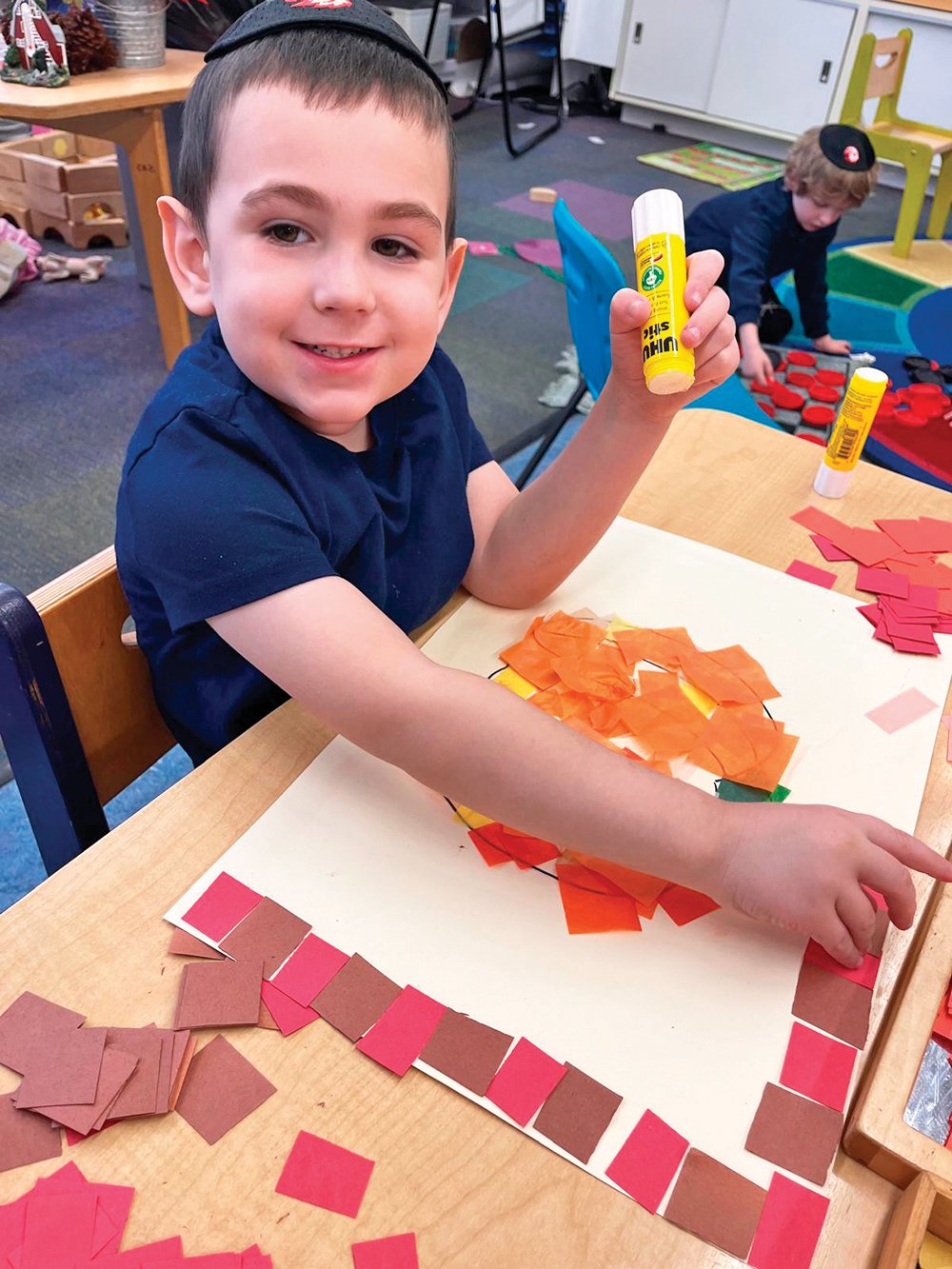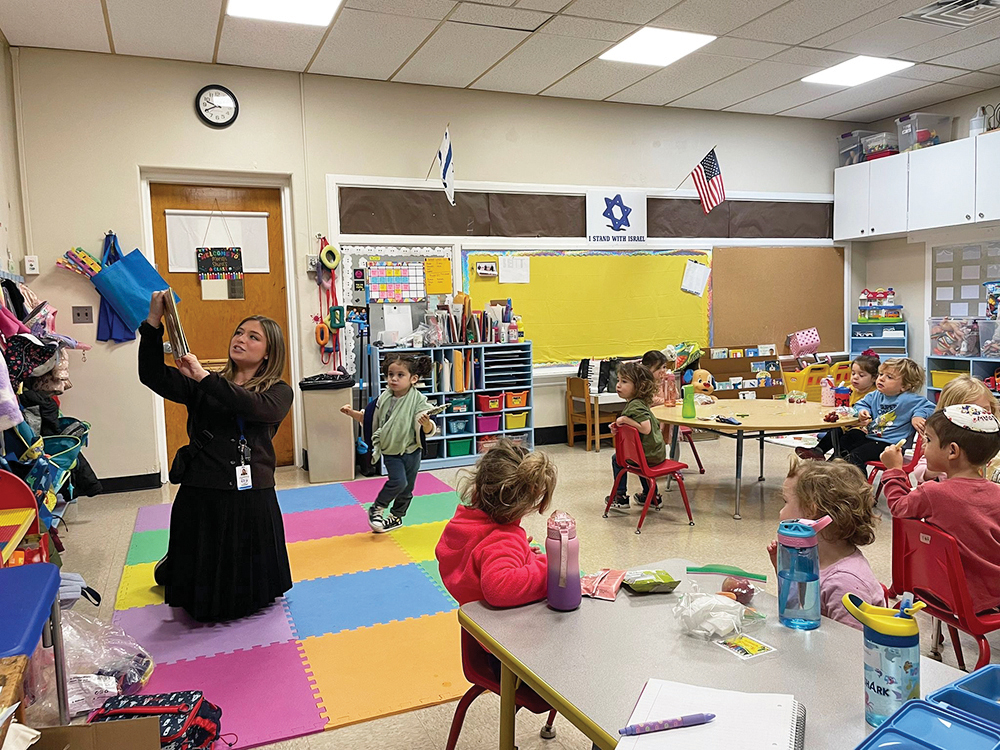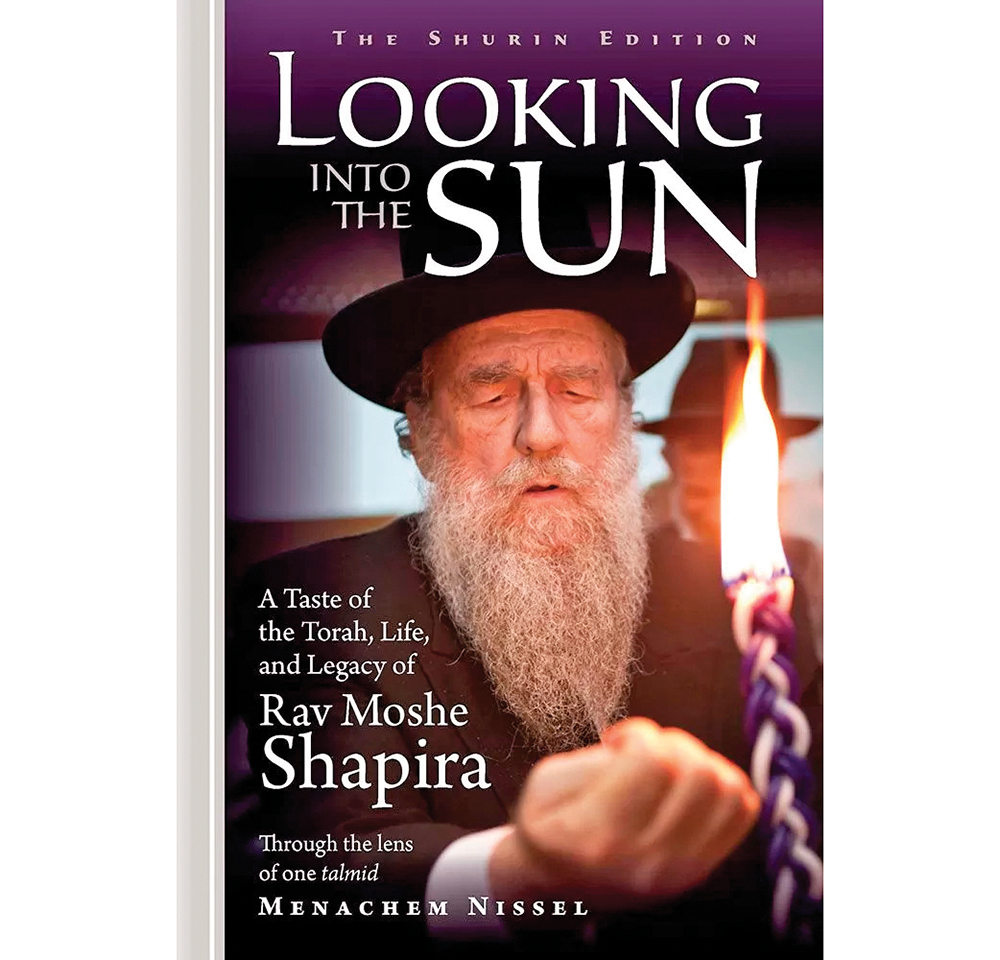
Reviewing: “Looking Into the Sun: A Taste of the Torah, Life and Legacy of Rav Moshe Shapira,” by Menachem Nissel. Feldheim Publishers. 2024. 496 pages. ISBN-13: 9781680256406
Rabbi Moshe Shapira, zt”l, touched the lives of all who knew him in a unique way. He was a giant in Torah and machshava, giving dozens of lectures a week to various groups on their level—while elevating them and allowing them to appreciate the beauty, intensity and majesty of Hahsem’s Torah. He was a kiruv pioneer and rosh yeshiva. Rabbi Shapira also authored many seforim. Additionally, his talmidim have gone on to write seforim on his teachings as well. When asked by a kiruv teacher how to sugarcoat something for his audience, Rabbi Shapira said that the only way to accomplish is with emes (truth). This is who Rabbi Shapira was.
Rabbi Shapira’s talmid, speaker and author, Rabbi Menachem Nissel, shares with the reader the ways in which his rebbe impacted him. This is why the book is called, “Looking Into the Sun.” We can aspire to be like the great and holy Rabbi Shapira, but even then there is so much more to learn, grow and aspire to. Rabbi Nissel records Rabbi Shapira’s shiurim as he understood them, along with memories and stories of this gadol.
Rabbi Shapira would implore others to enjoy the beauty of nature and be contemplated in Hashem’s wonderful world, as the Rambam advised. Rabbi Shapira traveled the world to do kiruv but cautioned his talmidim that they should not sacrifice their own learning for this; rather, they should learn to teach but also continue learning at the highest possible level.
In this book, Rabbi Nissel also shares stories Rabbi Shapira related and how they impacted him. Israel-born Rabbi Shapira recalled that as a young boy in Bnei Brak, he was playing outside the Ponevezh Yeshiva when the power went out. He heard Rabbi Eliyahu Eliezer Dessler repeating over and over again a maamar Chazal in the dark, delving deeper and deeper with each repetition. This left an indelible impression on Rabbi Shapira, who credited Rabbi Dessler with driving him to a lifelong devotion to the teachings of the Maharal.
Rabbi Shapira made known to you what was on his mind, but he did it with love. It was Adar 5741 and Rabbi Shapira was getting ready to celebrate Purim in his first year as rosh yeshiva of Yeshivas Mishkan HaTorah. Rabbi Nissel relates how excited the students were to introduce their play, “The Wizard of Unsdorf.” However, Rabbi Shapira informed the bachurim that a play was not compatible with the holiness of the day. Seeing their disappointment, Rabbi Shapira gave them a bracha in the zechus of their canceling the play. Purim night went on with divrei Torah and song. It was a most pure and magical evening. Rabbi Shapira was sensitive to the boys’ feelings and wanted their night to be extra special. Rabbi Shapira did not sing one song and then switch. Like Rabbi Dessler, he went deeper and deeper into the song until it became one with his students’ essence. Through one song, the boys experienced new levels of meaning that penetrated the fiber of their being. As Rabbi Nissel states: “He had taken away our play and replaced it with the gift of music.”
There were so many more layers to Rabbi Shapira than one could have known. When Michal chided Dovid HaMelech for dancing “like one of the empty ones,” i.e., as if to empty himself of the hidden wellsprings that should nourish him in the future, he responded: “You think I am exposing my inner self? There are many more hidden layers to me; it is for Hashem’s honor that I revealed but a fraction of myself, (Shmuel II 6:14–23).” As Rav Akiva Tatz relates: “We always felt we were standing in front of a mountain where all we could see were foothills.” Indeed, Rabbi Shapira’s talmidim were looking into the sun.
“We all can agree that Mashiach is coming soon,” said Rabbi Shapira. “When Moshiach comes, we will feel embarrassed; couldn’t we have had a warning? There is so much more that we could have done! Hashem has been shaking the world up and down the last few years; that was your warning.” We don’t need the craziness we hear in the news to confirm that Rabbi Shapira’s words ring true.
Rabbi Shapira was very much involved in visiting kivrei tzadikim and places where Jews died al kiddush Hashem during the Holocaust. He enjoyed giving a shiur in a palace in Barcelona where the Ramban was ordered to debate yiddishkeit with Church officials by King James I of Spain. Rabbi Yonoson Rosenblum recalls the unfathomable amount of Torah his rebbi taught: “Comparing notes with those in other chaburos, we would realize that he had conveyed similar messages in a given week, even while remaining faithful to widely divergent texts—perek Cheilek, the Rambam’s Hilchos Talmud Torah, Pirkei Avos.”
Rabbi Nissel related a lesser-known 18th century machlokes on one such history trip. This was not an obvious disagreement like that of Rabbi Yonasan Eybescgutz and Rabbi Yaakov Emden. Afterwards, Rabbi Shapira counseled him on toeles (constructive purpose). We need to relate history as a means to educate ourselves, not for political purposes as many people do.
The funniest rabbi, Rabbi Dovid Orlofsky, recalls how he was once driving Rabbi Shapira who was conversing with him in English. When Rabbi Orlofsky asked a fellow passenger afterward, “I thought Rabbi Shapira only speaks Hebrew.” “Yes,” the person replied. “He was just trying to impress you.”
This book in all its candor and honesty strikes the right balance between revealing a fraction of Rabbi Shapira, while also respecting his privacy. While Rabbi Yehoshua Hartman writes a letter that appears in the book expressing Rabbi Hartman’s desire that stories about him not be published, Rabbi Ahron Lopiansky offers a haskama to Rabbi Nissel, expressing his thanks for undertaking the difficult task of illuminating Rabbi Shapira for our murky world. Rabbi Shapira was averse to having his picture taken, but he consented when told it would benefit Yeshiva Ohr Sameach. Mrs. Bracha Erlanger—the photographer on Rabbi Moshe’s European trips—says, “There was a certain dignity that implied an odd mixture of distance and closeness, and at times, it was evident that the camera had no place in the given situation.” Rabbi Shapira knew he represented Torah and the honor of Hashem, as Dovid HaMelech did.
Rabbi Shapira did not compromise; yet, “Unekalosi od mizos,” he was willing to lower himself for Hashem’s honor. He would just as easily counsel the drug addict as he would give mussar to a group of kollel avreichem. You wanted to lift yourself to a higher level. It was as if you were looking into the sun.
As Rabbi Pinchos Lipschutz wrote in a hesped for Rabbi Shapira that appeared in the Yated, “If we remember the Torah Rav Moshe taught us, if we study the Torah of the leading masters and study their seforim, if we learn as if there is nothing else of any importance in this world, if we carry ourselves the way Rav Moshe did, if we treat others the way he did, if we raise our level and the level of those around us, we help bring light to the world.”
By reading “Looking Into the Sun,” one can do just that. Rabbi Nissel does a beautiful job of radiating the light of Rabbi Shapira for us, even if it’s only a glimpse. “In order that the last generation might know, sons who will be born should tell their sons,” (Tehillim 78).
Chaim Yehuda Meyer is an attorney and writer whose articles have appeared in the Jewish Link, and other publications covering a range of topics from halacha to American law, book reviews to lectures, politics to community events. He can be reached at [email protected]


